Market Trends and Projections
The Global Mammography Market Industry is projected to maintain a steady trajectory, with a value of 2.98 USD Billion from 2024 to 2035. The compound annual growth rate (CAGR) for this period is estimated at 0.0%, suggesting a stabilization in market dynamics.
Factors such as technological advancements, increased awareness, and government initiatives are expected to contribute to this stability. However, the market may also face challenges, including economic fluctuations and varying healthcare policies across different regions. Overall, the market appears poised for a consistent yet cautious growth phase.
Rising Incidence of Breast Cancer
The rising incidence of breast cancer globally is a significant factor propelling the Global Mammography Market Industry. Statistics indicate that breast cancer remains one of the most common cancers among women worldwide. This alarming trend has prompted healthcare providers to emphasize the importance of regular mammography screenings.
As awareness of breast cancer risks increases, more women are seeking preventive care. This growing demand for screening services is likely to sustain the market's value at 2.98 USD Billion through 2035, indicating a persistent need for effective diagnostic tools.
Government Initiatives and Funding
Government initiatives aimed at improving breast cancer screening are significantly influencing the Global Mammography Market Industry. Many nations are allocating funds to enhance access to mammography services, particularly in underserved regions.
For example, public health policies are increasingly mandating insurance coverage for routine screenings, which encourages more women to participate. These efforts are crucial in reducing disparities in healthcare access and ensuring that women receive timely screenings. As a result, the market is likely to remain stable, with a projected value of 2.98 USD Billion from 2024 to 2035.
Increasing Awareness of Breast Cancer
The Global Mammography Market Industry is experiencing growth due to heightened awareness surrounding breast cancer. Educational campaigns and initiatives by health organizations have led to increased screening rates. For instance, in many countries, public health programs are promoting regular mammography screenings, particularly for women aged 40 and above.
This awareness is crucial as early detection significantly improves treatment outcomes. As a result, the market is projected to maintain a value of 2.98 USD Billion in 2024, reflecting the importance of proactive health measures in combating breast cancer.
Technological Advancements in Imaging
Technological innovations in mammography equipment are driving the Global Mammography Market Industry forward. The introduction of digital mammography and 3D tomosynthesis has enhanced image quality and diagnostic accuracy. These advancements allow for better detection of abnormalities, which is vital for effective treatment planning.
Furthermore, the integration of artificial intelligence in mammography systems is streamlining workflows and improving patient outcomes. As these technologies become more widely adopted, they are expected to sustain the market's value at 2.98 USD Billion through 2035, indicating a stable yet evolving landscape.
Aging Population and Increased Screening
The aging population is a critical driver for the Global Mammography Market Industry. As life expectancy rises, the number of women at risk for breast cancer increases, necessitating regular screenings. Older women are more likely to develop breast cancer, which underscores the importance of mammography in this demographic.
Consequently, healthcare systems are adapting to meet the growing demand for screening services. This trend suggests that the market will maintain its value at 2.98 USD Billion in 2024, reflecting the ongoing need for effective breast cancer detection strategies.
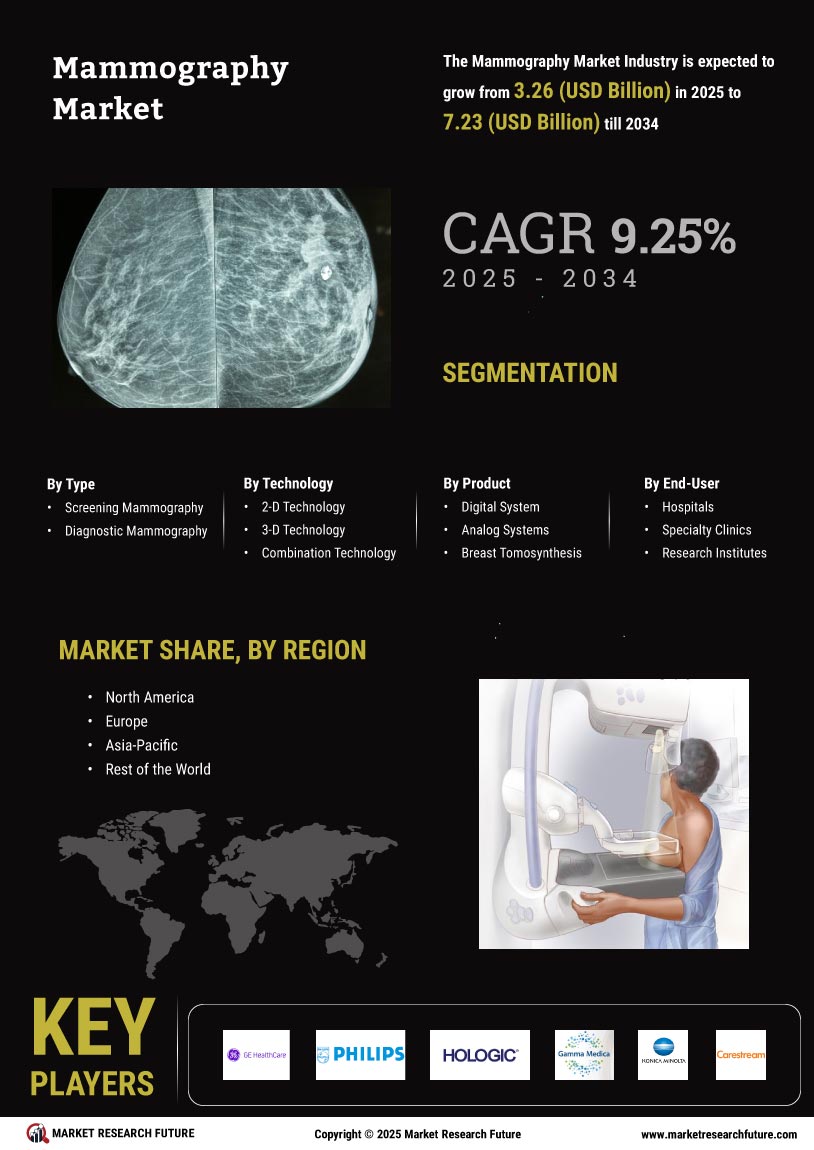


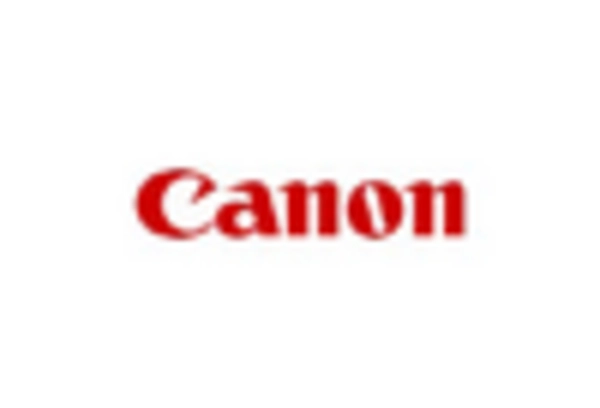
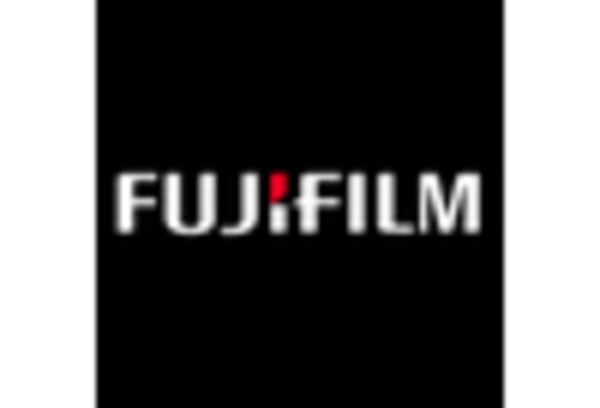
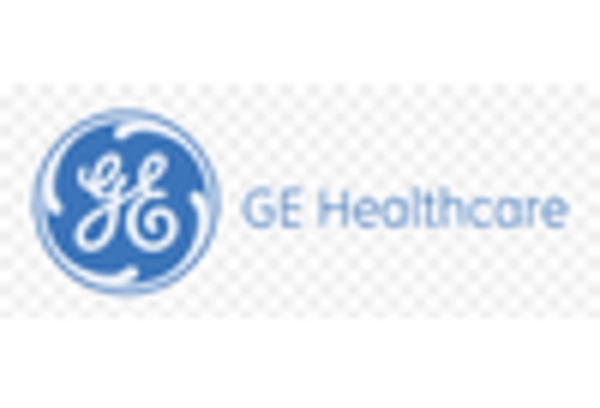
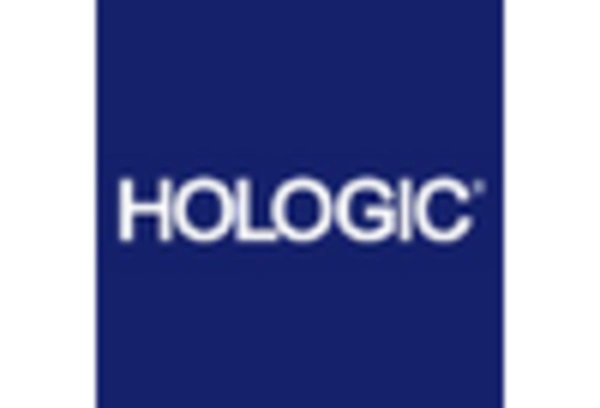
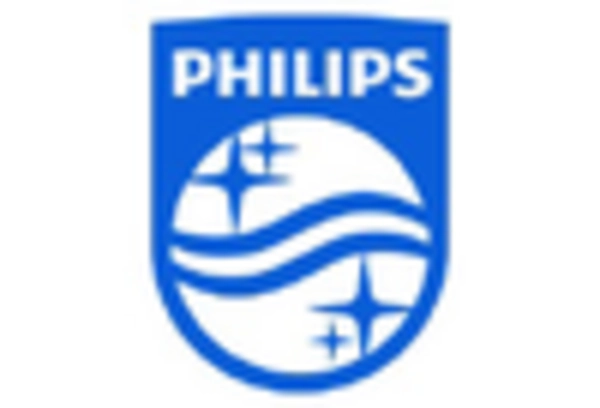
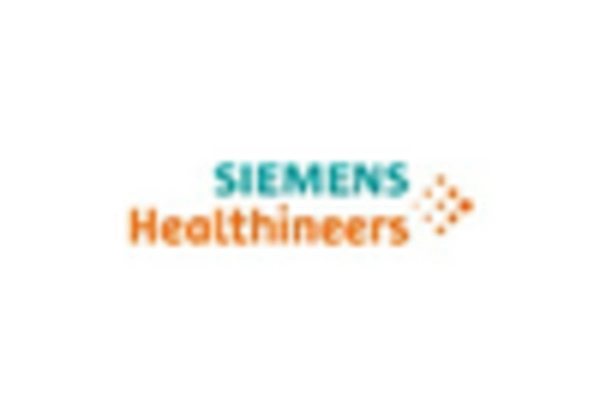








Leave a Comment